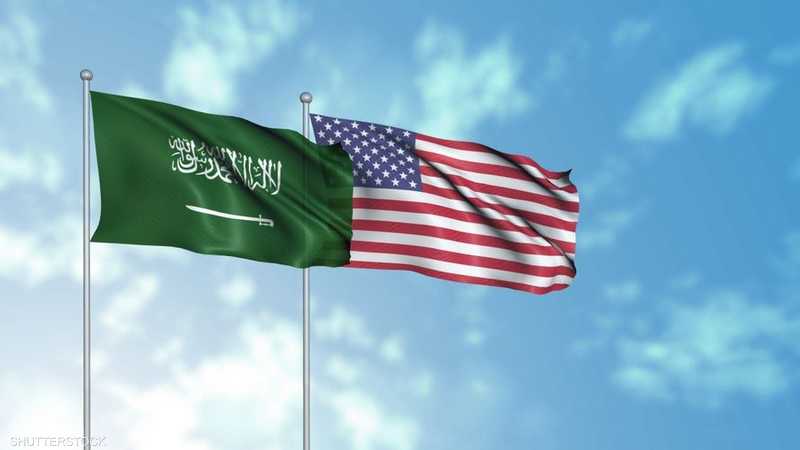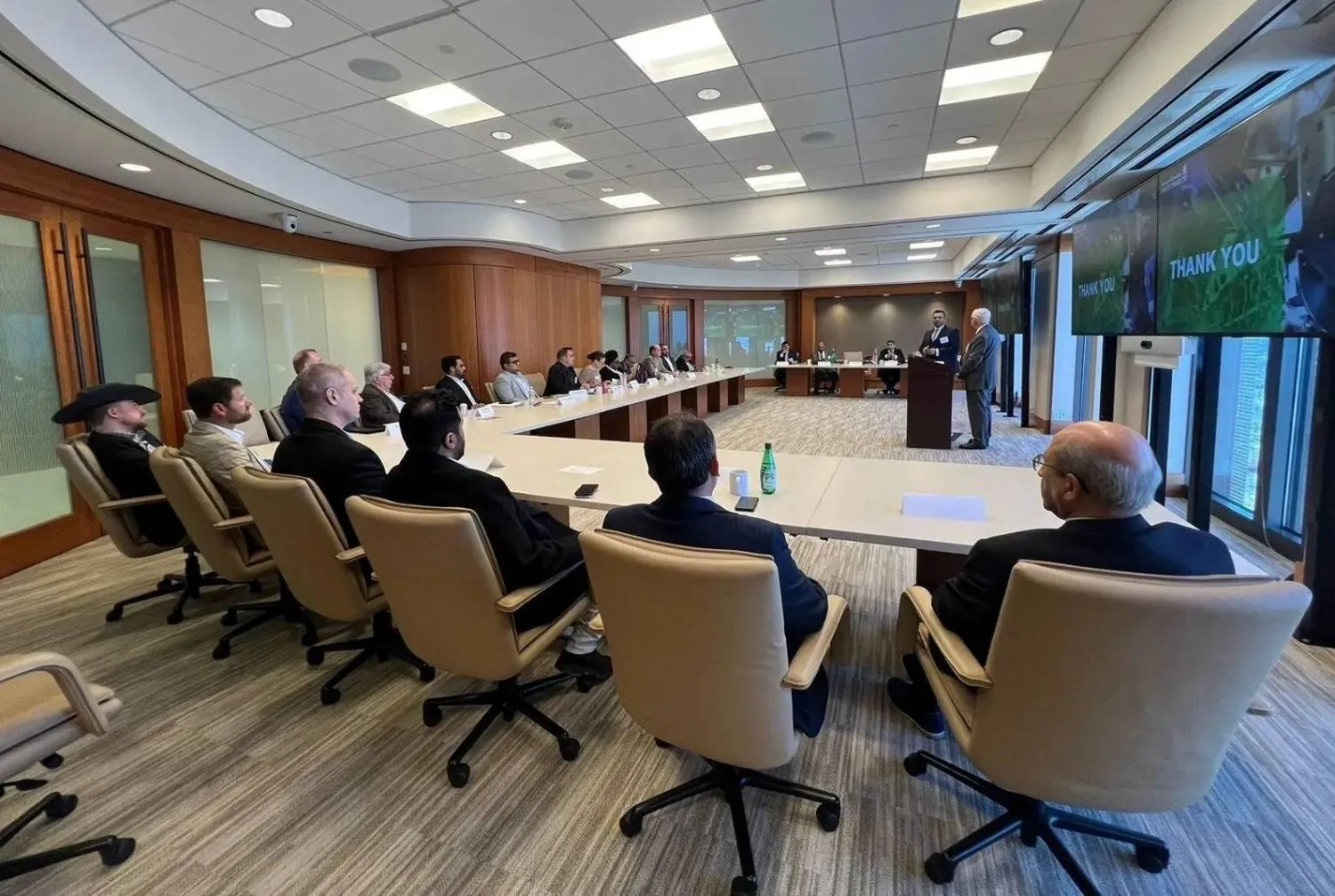The economic ties between the Kingdom of Saudi Arabia and the United States of America continue to serve as an illustration of the strategic alliance that has grown over almost a century. Even in an era when the world economy is alternating between multiple crises and exceptional opportunities.
With the first oil well and through billions of dollars in education and technology investments, Riyadh and Washington have woven ties of cooperation that have strengthened throughout political and economic transitions.
A recent report by the Saudi-US Business Council, released in conjunction with former US President Donald Trump’s visit to the region, emphasises this intricate economic web. It highlights the many areas of collaboration and shared interests between the two nations, from trade to petrochemicals and from energy to education.
Historical Origins: The Partnership’s Inception
Economic cooperation between the two nations began in the 1930s when American businesses started making investments in the Saudi oil industry, which served as the foundation for this enduring partnership. Over the years, the collaboration has grown to encompass banking, infrastructure, and education in addition to oil. 
The report states that the relationship is currently built on some strategic pillars, such as trade, technology, energy, and security. One of the most notable examples of this collaboration is the signing of the Trade and Investment Framework Agreement between the Kingdom and the United States.
This ten-year agreement was reached in 2022 between the US Embassy in Riyadh and the King Abdulaziz City for Science and Technology to enhance scientific and technical cooperation.
Billions of Dollars in Trade
Saudi Arabia came in second in the Gulf after the United Arab Emirates, and 28th among the biggest export markets in the United States in 2024. The United States imported $12.7 billion worth of goods from Saudi Arabia, while its exports to the Kingdom totalled $13.2 billion.
The Kingdom has solidified its crucial position in the world energy market by becoming the third-largest oil exporter to the US.
As of March 2025, the Kingdom’s holdings of US Treasury bonds totalled $140 billion, placing it 17th out of the top 20 bondholders.
Education is another area of relations; during the 2022–2023 academic year, the Kingdom ranked 10th in international students attending US universities, demonstrating a humanitarian and cultural component promoting interethnic understanding.
Read more: Foreign Investment in KSA: Opportunities & Regulations
Investing: A Two-Way Street
Since 2007, Saudi private investments, including those made by the Public Investment Fund, have totalled about $40.2 billion in the US market. Motiva Enterprises, the largest oil refinery in the US, is a subsidiary of Aramco and one of the most well-known Saudi projects in the US. As part of plans for industrial expansion, SABIC and ExxonMobil are now working together to build a massive $9.3 billion petrochemical complex in Texas.
From Blackstone to Lucid Motors
The Public Investment Fund has sizeable holdings in well-known American businesses, such as Electronic Arts, Activision Blizzard, Lucid Motors, and Uber. The fund also introduced a huge $40 billion infrastructure fund in collaboration with Blackstone, indicating Saudi Arabia’s desire to diversify its investments and increase its economic clout internationally.
According to the report, the Kingdom offers substantial investment opportunities in the fields of financial technology, tourism, healthcare, transportation, and renewable energy. On the other hand, the US market offers appealing prospects in the areas of infrastructure, plastics, real estate, and auto manufacturing, which pave the way for increased Saudi investment in the West.
Read more: Why is Saudi Arabia Trying to Entice $80 Billion in Investments?
A Boundless Economic Partnership
To sum up, the economic partnership between Saudi Arabia and the United States is an example of a flexible strategic collaboration that can adjust to the demands of the twenty-first century, rather than just being a trade or oil cooperation. Driven by shared interests and mutual trust, this alliance seems to be well-positioned for future growth as interdependence increases.

Read more: What are the Most Notable Sectors of Saudi-Canadian Collaboration Economically?